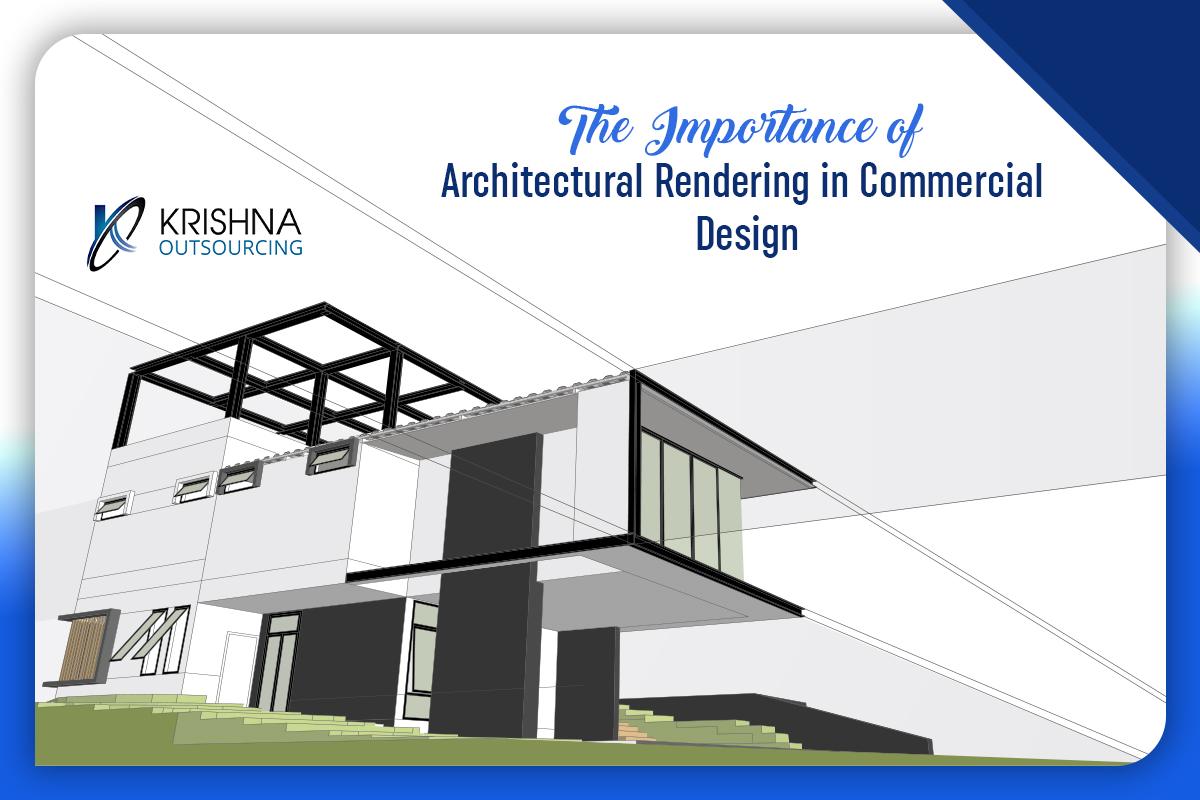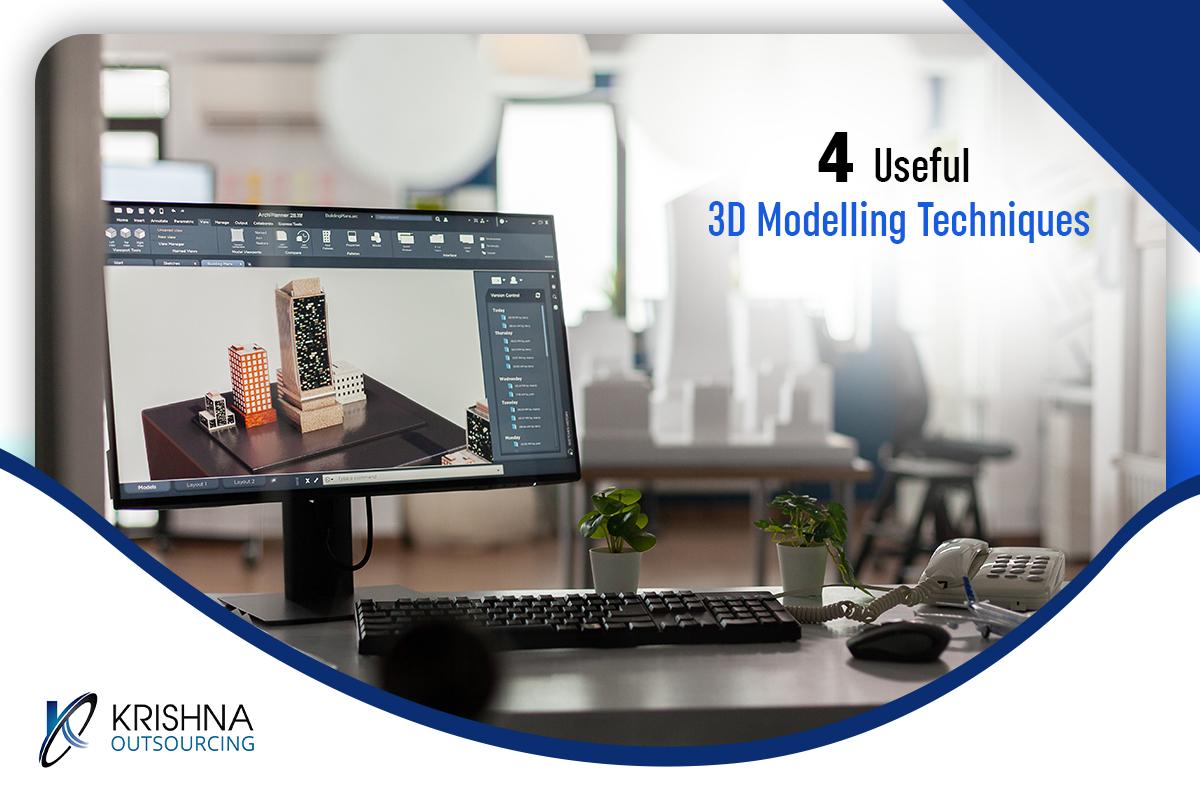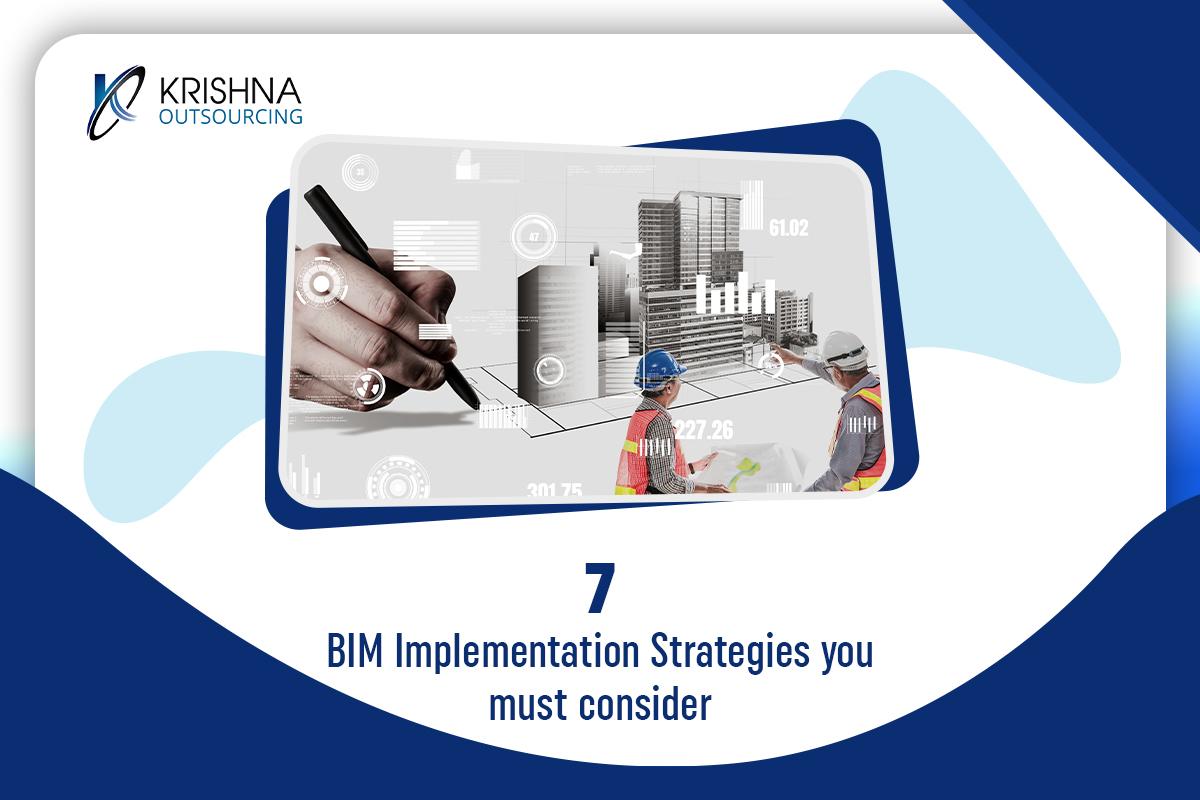
Building information modeling (BIM) is a 3D modeling method that gives development experts the details, insights, and equipment. They then need to plan, design, and build their productions. They can get a more precise digital depiction of their works by employing building information modeling.
BIM is more than just a 3D model of a structure; it also incorporates important information. Experts can use BIM, for instance, to examine how elements will hold up with time, evaluate expenses, and forecast efficiency. BIM guarantees that all data is consolidated and updated in real-time. It also ensures that everyone has access to accurate information. BIM could be used with various techniques to improve the features and functionality of the construction process.
Scope in Future
Scope of BIM Services India has a great effect on the rapid growth of the BIM industry. It seems clear that BIM will shortly supplant Computer-Aided design (CAD). New BIM supporting mobile applications will enable the AEC industry, in general. To maintain a consistent watch on the model, evolving designs and making fast modifications. Resulting in improved interaction with project stakeholders.
BIM has already enjoyed these benefits in developed countries. With the digital depiction of a structure from conception to demolition. BIM process includes planning, analysing, assessing, and programming operational activities. These have also exploded in the AEC business.
Other than a few major projects, developing nations such as India really need to adopt BIM. Mainly to address late shipments and simple monitoring. The difficulty to restructure India’s construction industry reflects a lack of knowledge in this innovation. The high price of BIM tools, the effort and cost required to teach experts have caused a hesitation to shift existing practices. A key disadvantage of adopting BIM in India is the country’s legal system. It anticipates a less collaborative atmosphere and clearly defines responsibility.
BIM not only improves technologies but also alters planning and design. BIM executives and support engineers are expected to work explicitly for the owners. They’ll work in the utility department or construction management sections in the coming years to oversee project teams. The BIM professionals will most likely be retained by firms that provide building management services.
BIM executives have a promising future. This is an excellent choice, especially for experienced workers. It is because they may grow BIM competency based on their experience rather than their ideas. Such individuals should broaden their knowledge to include all sectors where BIM is essential.
Five ways BIM is influencing the AEC industry’s future:
1. Project completion in less time
2. Cost reduction and fewer hazards.
3. Enhanced customer experience and elevated constructions
4. Enhancing long-term viability.
5. A safer turnover of the structure.
To summarise, BIM is an excellent profession. They are in high demand for businesses and operations at a variety of construction companies. BIM managers play an important role in AEC responsibilities. Such as forecasting the costs and timelines for BIM software adoption. Even if the other workers don’t want to be BIM specialists, they would become BIM users or work in a Bim model once it becomes the standard. When that happens, the solely BIM individuals will become less valuable. So understand BIM, put it to use, and become a great manager.
We are BIM structural drafting services provider and we also provide BIM consulting services in india. You can connect with us on +91 8460220396 if you have any queries or visit our website.







